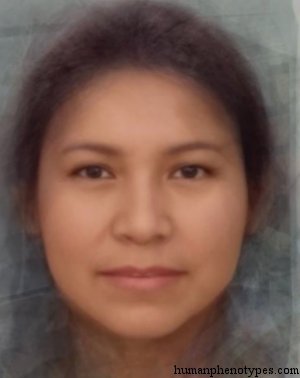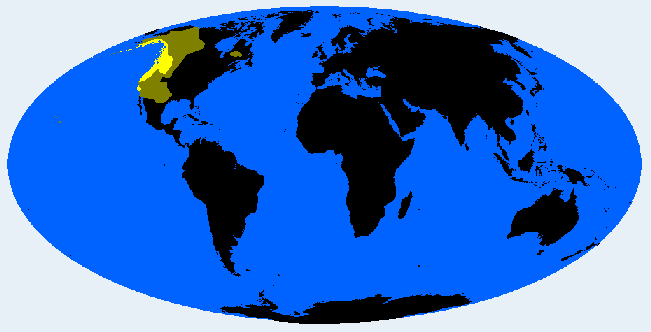Description:
Native American type, indigenous to the Pacific states of Canada and the US. Mostly results form Late Paleolithic and Neolithic migrations from Asia. Rather tall with robust bodies, short legs and long arms, short- and low-skulled, broad, angular face, prominent nose, Mongolian fold rare, broad mouth, large jaw and chin, thin lips, pilous growth comparatively strong, yellowish light brown skin. The most typical variety, the Pacifid (proper) is found from South Alaska to Oregon among Wakashan and Salishan speakers. In California, a longer-faced, softer-featured, and darker-skinned California Pacifid variety is found. Pacifids also played a role in the formation of the more mixed Athabaskid and Arizonid varieties. European colonisation decimated the populations, but less than in Natives of the East Coast groups, where contact began much earlier.Names:
Pazifid (Eickstedt, 1937. 1952; Vogel, 1974; Knussmann, 1996), Pacific (Debets, 1974; Alexeev, 1979), Nord-Pacifique (Vallois, 1968), Columbid (Imbelloni, 1958), Aleutěna (Biasutti, 1967), Deneid (Lundman, 1967), Pacifid (Canals-Frau, 1950).





